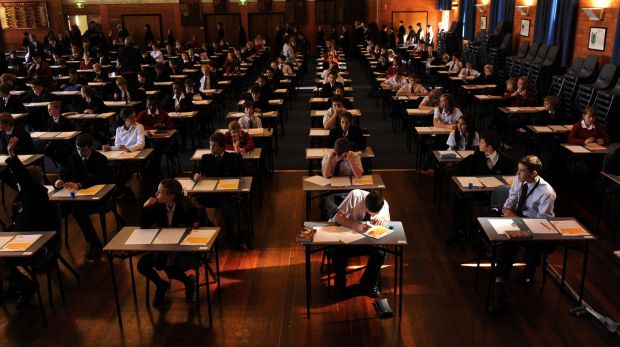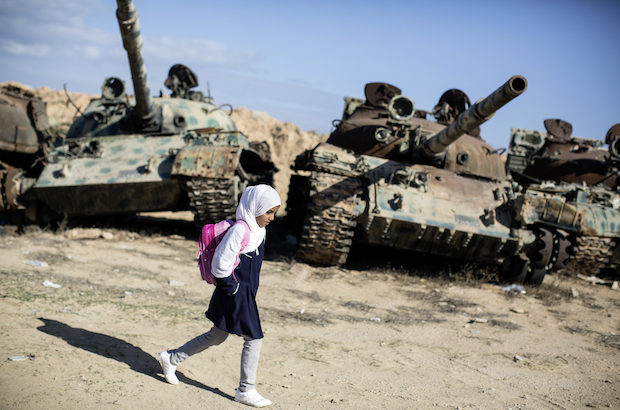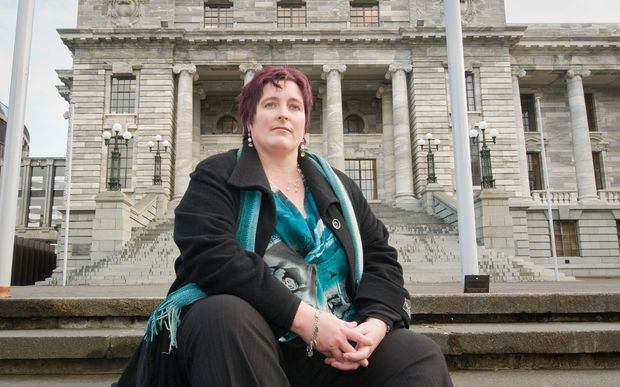Oceanía/Australia/Octubre de 2016/Autores: Matthew Knott and Fergus Hunter/ Fuente: The Sidney Morning Herald
RESUMEN: Más de 150 escuelas privadas están siendo financiados por más de cientos de millones de dólares de los contribuyentes cada año, a expensas de otros estudiantes necesitados, de acuerdo con un nuevo análisis que detalla las distorsiones y desigualdades en el sistema de financiación de las escuelas de Australia. El análisis por Fairfax Media revela algunas escuelas ricas están sobre-financiados por $ 7 millones al año, mientras que muchas escuelas en los sectores público y privado siguen siendo significativamente con fondos insuficientes. Los gobiernos federales y estatales tendrían más de $ 215 millones adicionales al año para distribuir a escuelas necesitadas si dejaran de financiar los demás por encima de lo que se tienen derecho bajo la fórmula Gonski, el análisis muestra. Escuelas considerarán financiados por el gobierno federal recibirá más de $ 1 mil millones al año en fondos de los contribuyentes.
More than 150 private schools are being over-funded by hundreds of millions of taxpayer dollars each year at the expense of other needy students, according to a new analysis that details the distortions and inequities in Australia’s school funding system.
The analysis by Fairfax Media reveals some wealthy schools are over-funded by $7 million a year while many schools in both the public and private sectors remain significantly underfunded.
Federal and state governments would have more than $215 million extra a year to distribute to needy schools if they stopped funding others above what they are are entitled to under the Gonski formula, the analysis shows. Schools deemed to be over-funded by the federal government receive more than $1 billion a year in taxpayer funding.
Education Minister Simon Birmingham this week sparked a national debate by saying some schools are over-funded and may need to have their funding reduced from 2018. It would take more than 100 years for some over-funded schools to return to their appropriate funding under the current model, he said.
Fairfax Media’s analysis, based on available data from the My School website and the Department of Education, shows the over-funding of schools is particularly acute in NSW.
Private schools in NSW received a combined $129 million above their notional entitlement in 2014.
These include elite girls school Loreto Kirribilli, which received $7.3 million in government funding – 283 per cent of its entitlement.
Peter Goss, school education program director at the Grattan Institute, said: «There is no public policy justification for over-funded schools such as these to continue receiving increasing funding each year.
«At a minimum they should not receive any funding increases.»
Mr Goss said removing generous indexation rates for over-funded schools would not fix the school funding system alone but would free up funds to distribute to needy schools in both the public and private sectors.
More than 150 private schools across Australia received funding above their Schooling Resource Standard in 2014, according to the Department of Education.
The Schooling Resource Standard (SRS) measures how much taxpayer funding each school is entitled to based on a formula including special loadings for disadvantage.
By combining this data with school finance information on the My School website, Fairfax Media calculated the funding entitlement and over-spend for all the nation’s over-funded private schools.
The analysis shows Daramalan College in Canberra, which received $14 million in government funding in 2014, is the most over-funded school in the country in dollar terms.
The school received 198 per cent of its SRS entitlement, meaning it should only have received $7 million a year in funding according to the Gonski formula.
It was closely followed by Oakhill College, an independent Catholic school that sits on an expansive 18 hectare site in Sydney’s Castle Hill.
As well as an indoor swimming pool and gym, the school’s website says it has a recording studio, photography lab and a farm complete with livestock.
Oakhill College received $15.7 million in taxpayer funding in 2014, which is $6.8 million more than its funding entitlement.
Melbourne Grammar School, which charges fees of up to $32,520, was the most over-funded school in Victoria in dollar terms. It received $7.3 million in government funding, more than the $5.1 million it was entitled to.
Meanwhile, some private schools such as the Rossbourne School in Hawthorn, which specialises in educating students with intellectual disabilities, received only 67 per cent of its funding entitlement. Herrick Presbyterian Covenant School in Tasmania received just 41 per cent of its entitlement.
FULL LIST: OVER-FUNDED PRIVATE SCHOOLS ACROSS AUSTRALIA
The department did not break down funding entitlements for individual public or Catholic system schools. It stated NSW public schools are funded at at 86 per cent of their entitlements overall and Victorian public schools at 83 per cent. ACT public schools received 114 per cent of their SRS, making them over-funded overall, while WA schools received 99.7 per cent.
Sixty-five per cent of private schools in NSW and Victoria are underfunded, according to the department.
Senator Birmingham said the government remains committed to providing funding support to all students, regardless of which school they attend.
«The Turnbull government is determined to right the corruption of the Gonski report with a new, simpler distribution model where special deals don’t distort a fair distribution of federal funds,» he said.
Colette Colman, executive director of the Independent Schools Council of Australia, this week said private schools should not be treated as an «easy target» for cuts.
Targeting over-funded private schools would only reduce the federal government’s spending on schools by 0.5 per cent, she said.
The federal government currently pays $6.4 billion a year to public schools and $10.7 billion to non-government schools, with most funding for public schools coming from the states.
For the purpose of the analysis, Fairfax Media excluded special needs schools and some large, well-resourced school networks – such as Brisbane’s Anglican diocese – for which a clear funding breakdown was unavailable.
Fuente: http://www.smh.com.au/federal-politics/political-news/full-list-1-billion-flowing-to-wealthy-private-schools-officially-classed-as-overfunded-20160930-grs6nz.html










 Users Today : 38
Users Today : 38 Total Users : 35460421
Total Users : 35460421 Views Today : 77
Views Today : 77 Total views : 3419240
Total views : 3419240